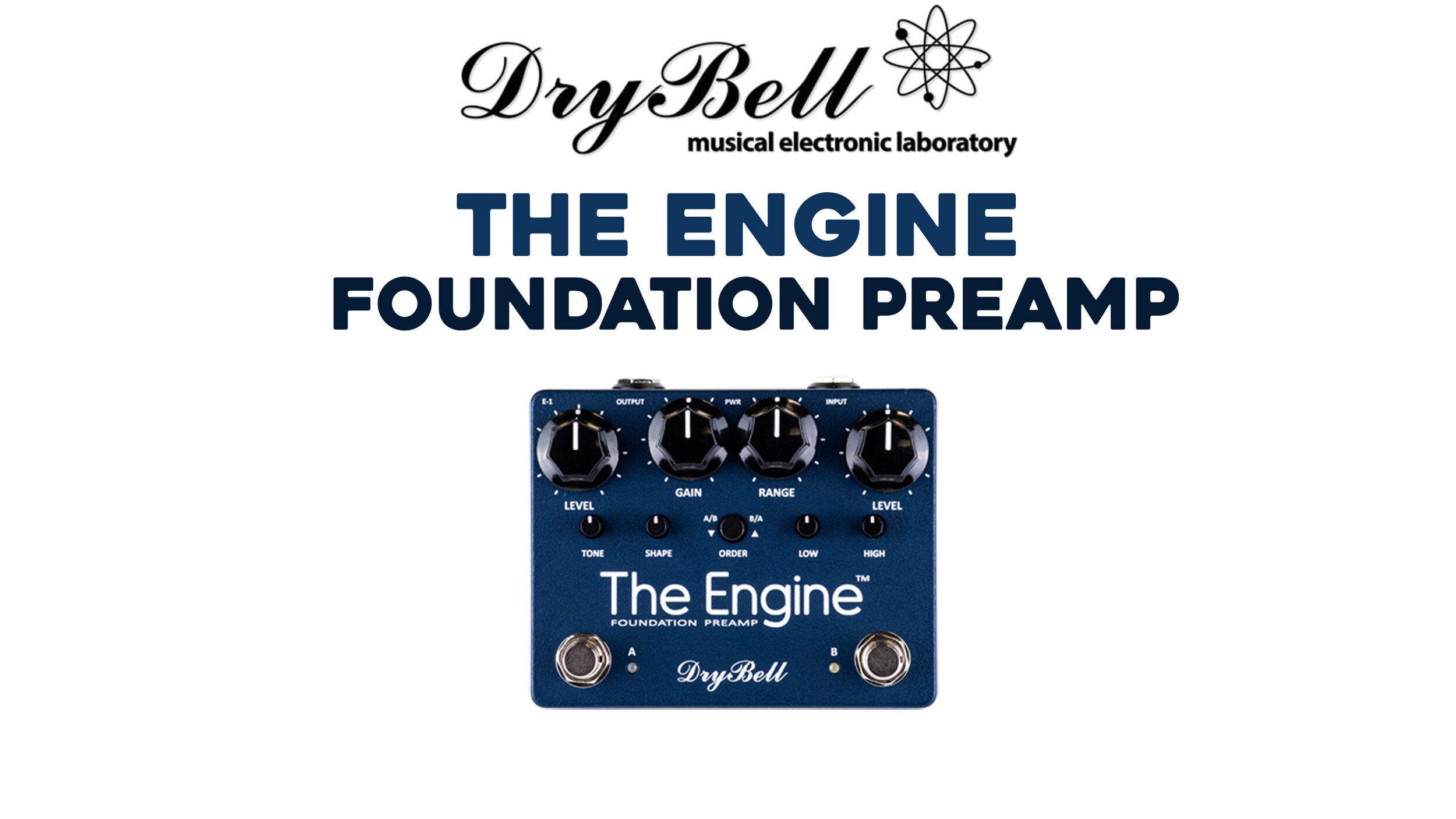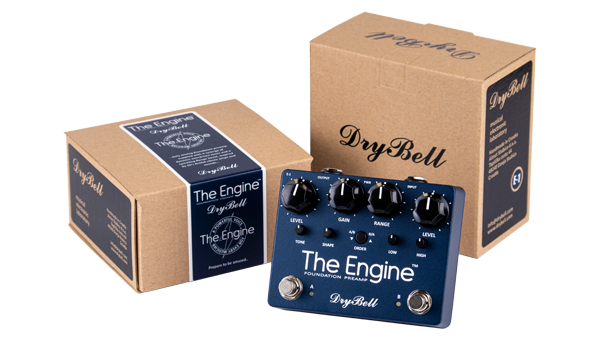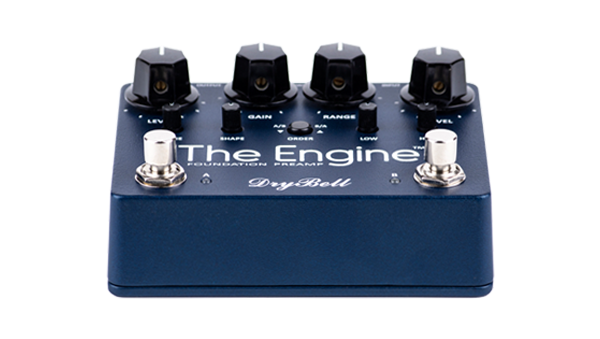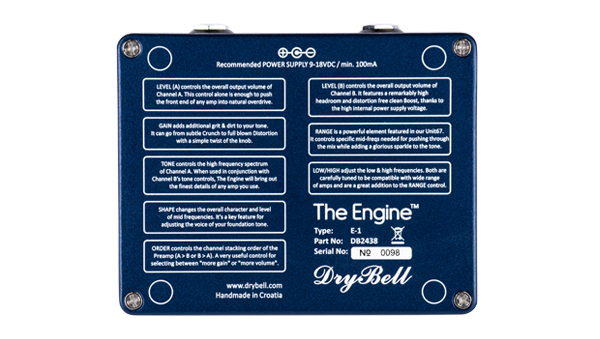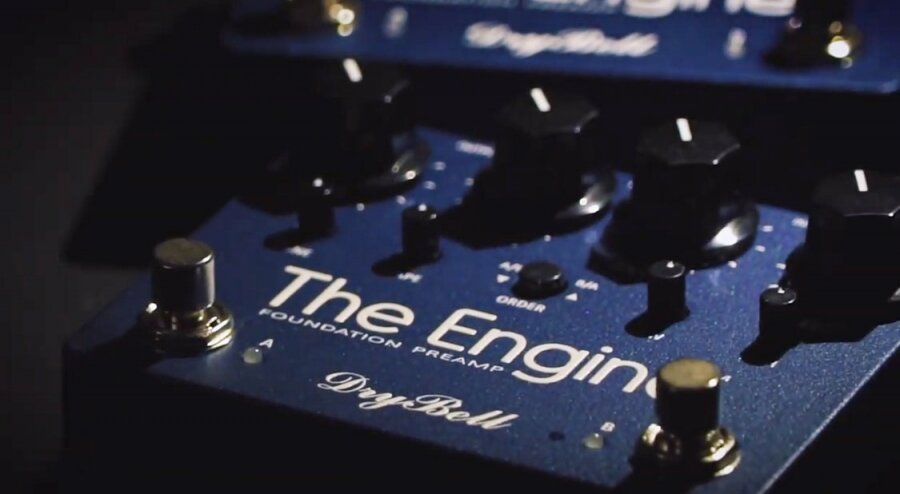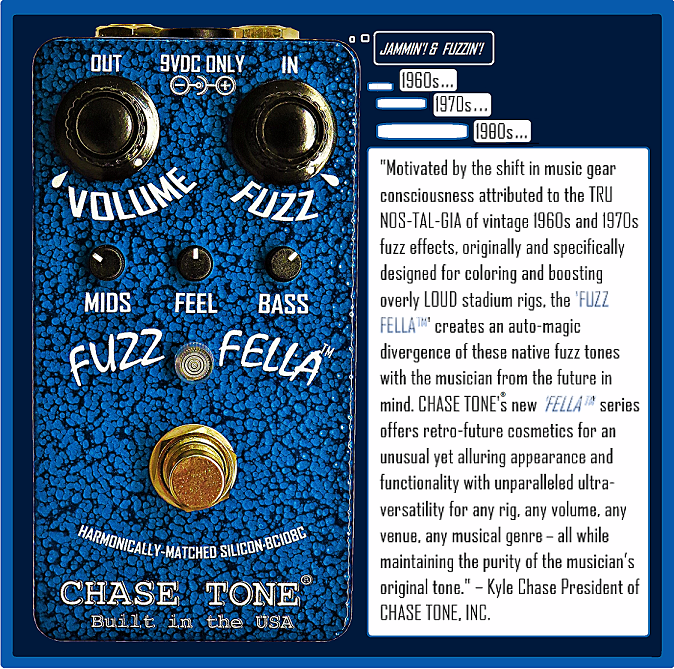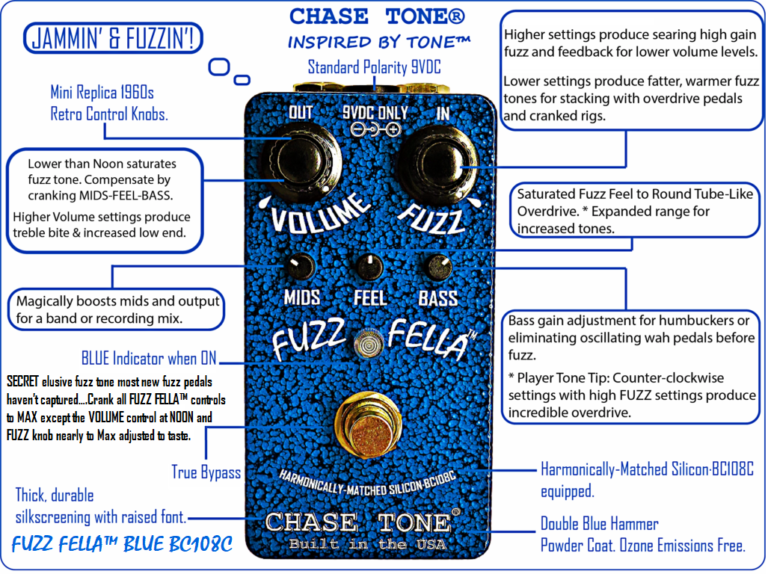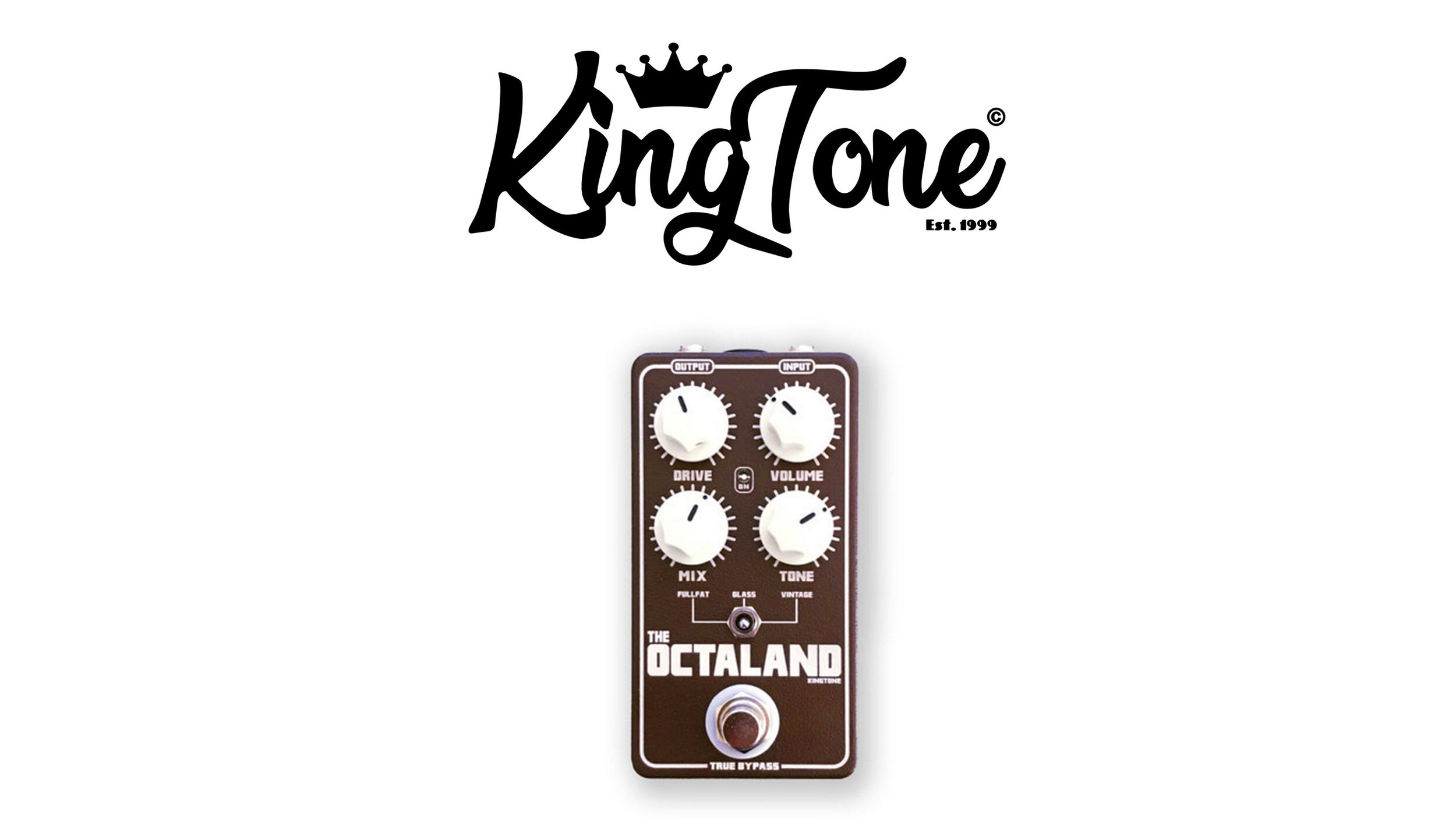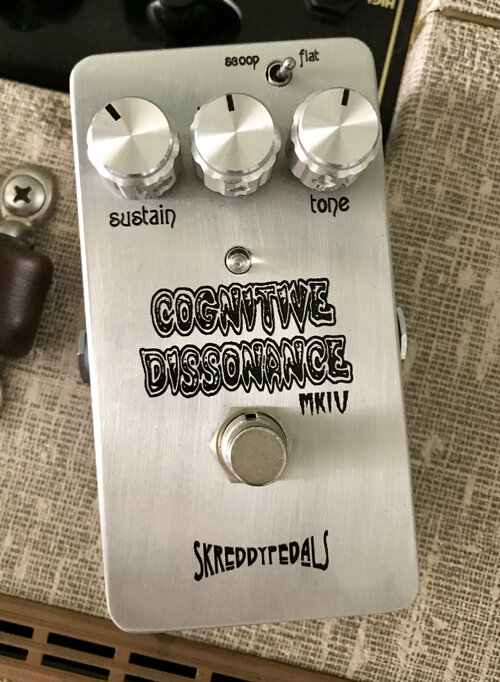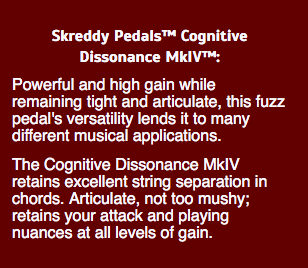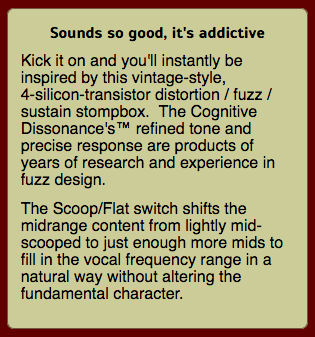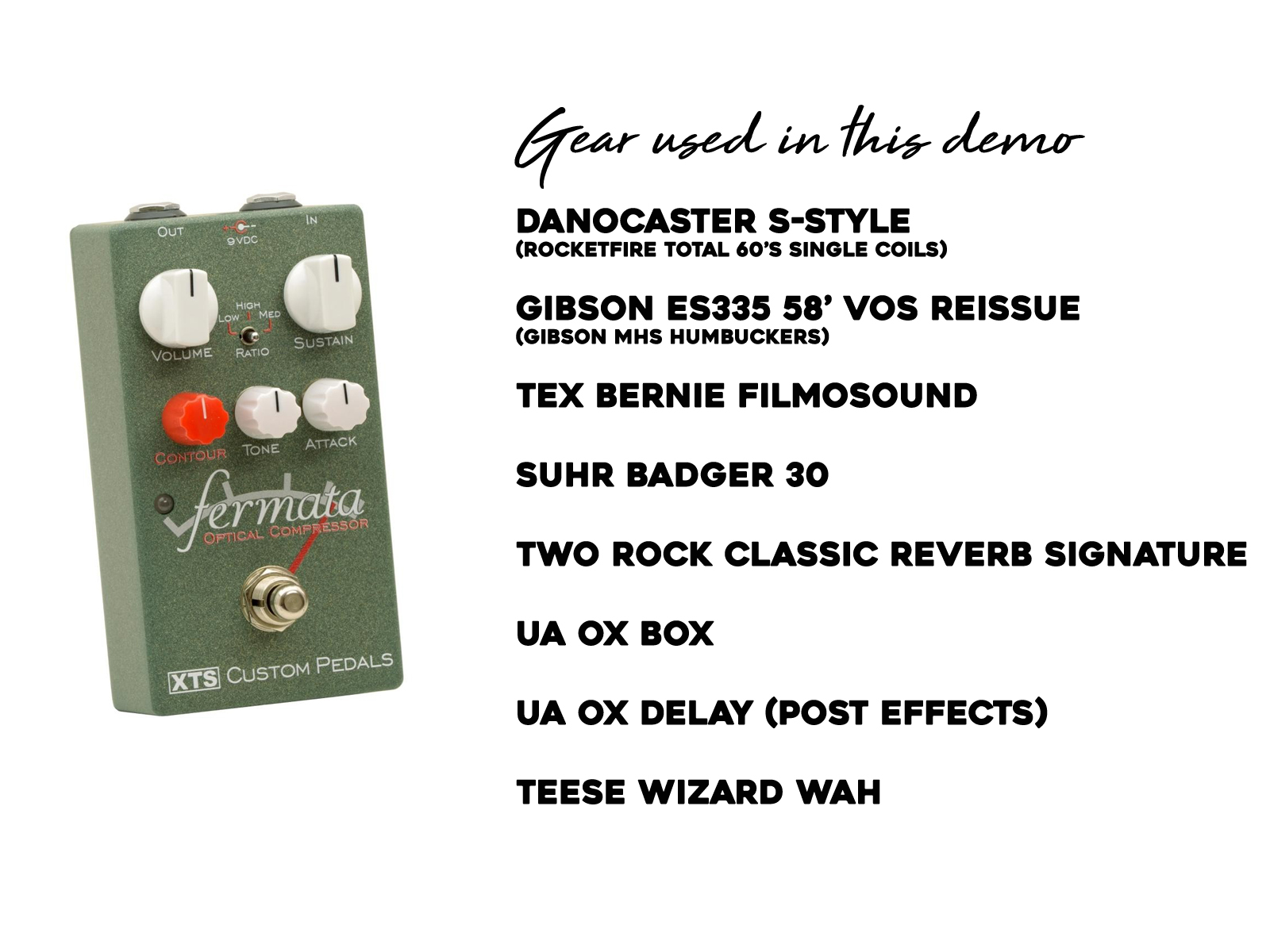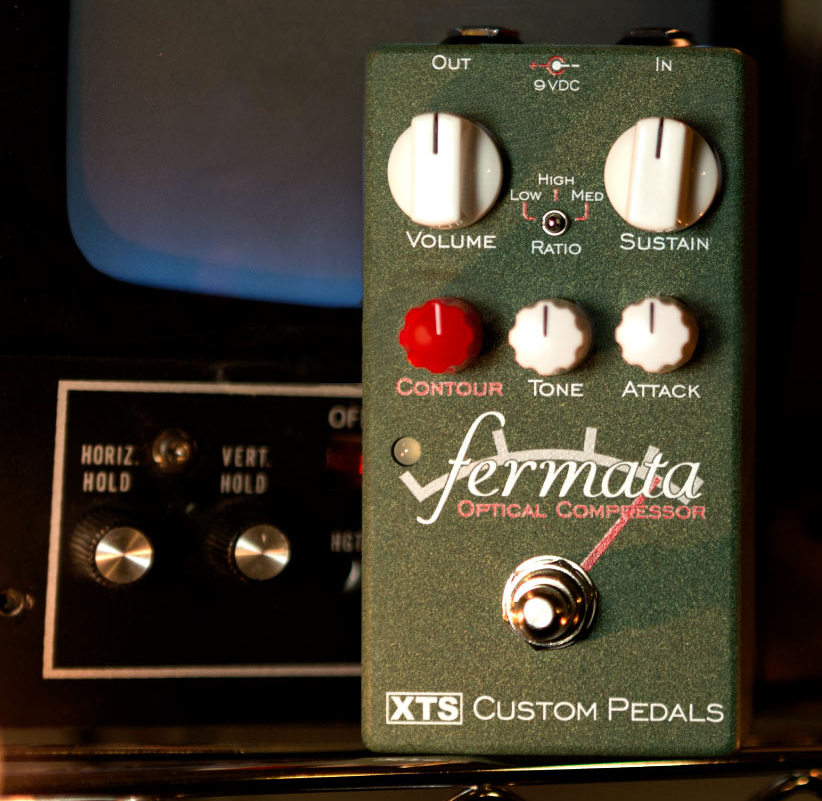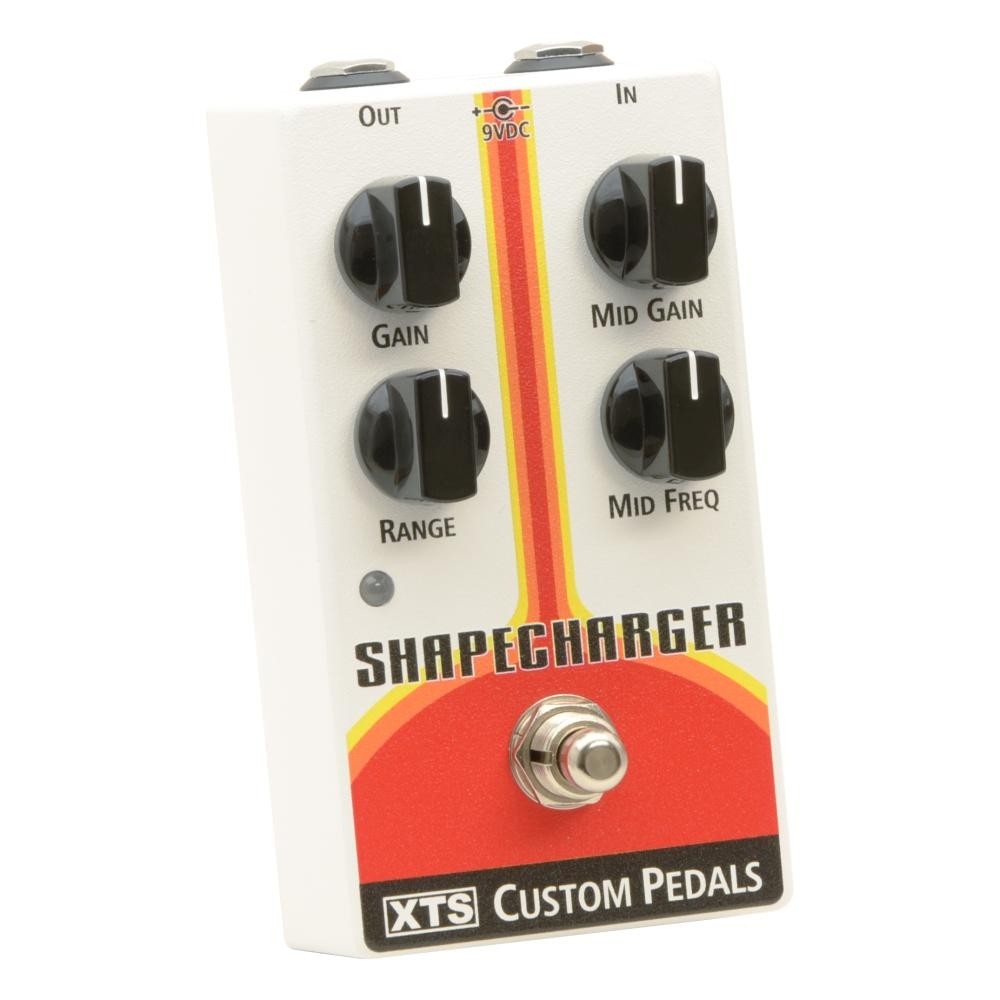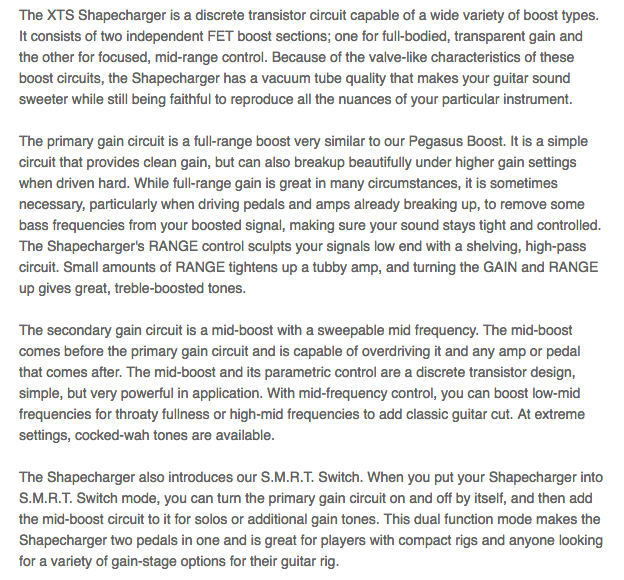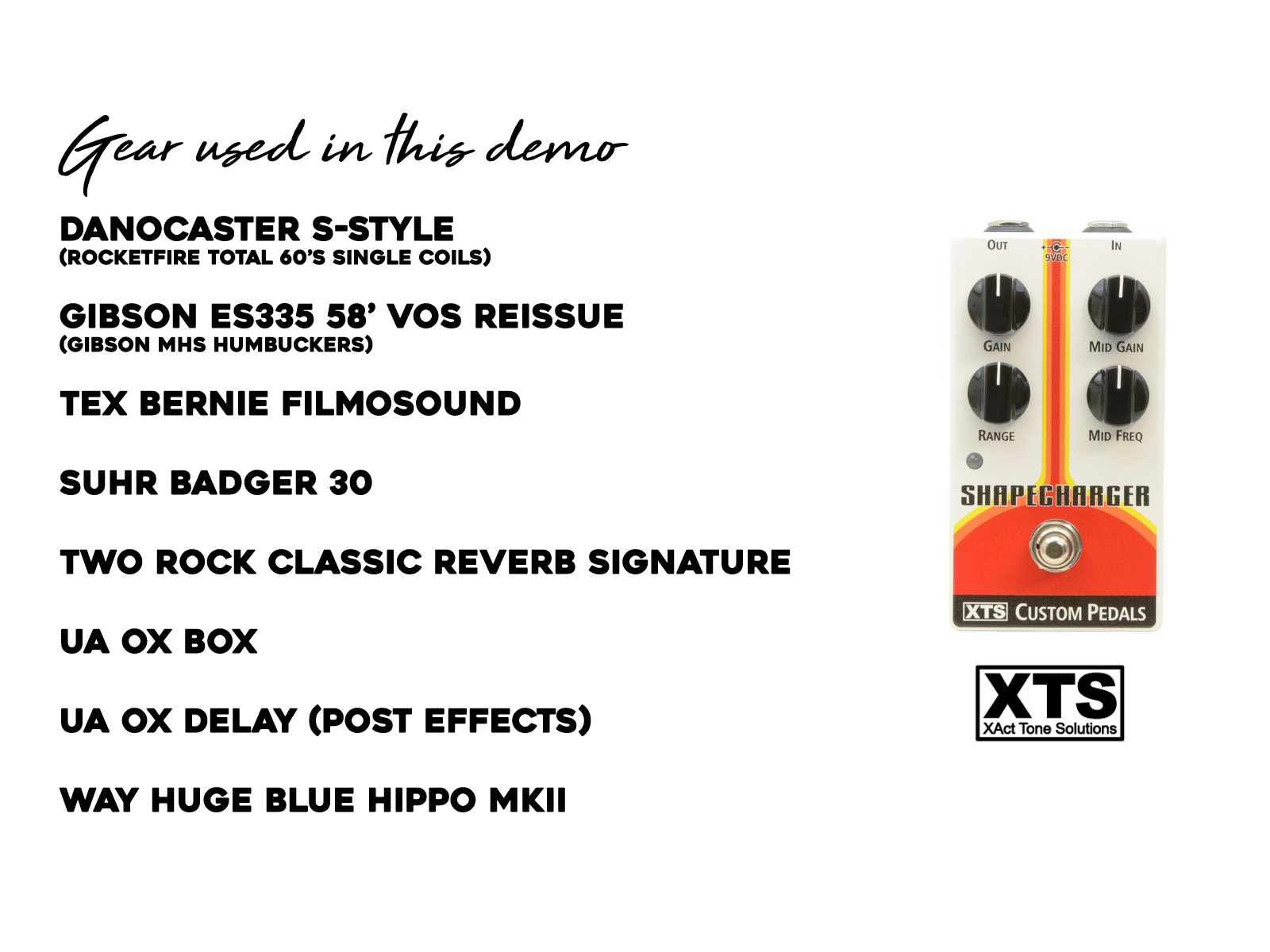Hello Gearheads! I’m happy to share with you another completely mind blowing piece of gear… none other than the incredible Komet 29. If you are not familiar the amplifier company Komet, out of Baton Rouge, Louisiana - you absolutely need to run, not walk right over to their website and take a gander at the wonderful rage of toneful machines they produce.
Komet Amplification is the teamwork of both Holger Notzel and Michael Kennedy, two very experienced and worthy individuals who are not only incredible technicians with a history of circuit repair but also musicians themselves. Having that first hand knowledge and massive experience while also being players themselves, makes a huge difference in what Komet produces and the quality of the work (more on that later…) Holger and Mike both being friends of legendary amplifier designer Ken Fischer of Trainwreck fame, brought that magic to Komet in the design and production of their Komet 60. Without getting too deep into the Trainwreck world, and I highly recommend you take a deep dive into that history yourself - those amps are rare, massively renowned professional amps. The ideology of the “magic” that’s in those circuits is in a nut shell taking the void that exists between the player and the tool away. It’s like you’re connected to the source. It’s truly magical. That lighting in a bottle is not lost or missing from any amplifier in the Komet catalog - they’re incredible and I’ve never experienced anything like it personally.
The Komet 29, which I’m showcasing today is deceptively simple and deceivingly detailed… an oxymoronic experience of total bliss. Weighing in at roughly 29 watts with only 3 knobs and 1 switch, the Komet 29 is about as far away from a ‘one-trick pony’ as it could possibly be. One thing that you never lose, that’s always present is a very tactile and immediate response to YOU - the player. It’s not stiff, it’s not modern, it’s not vintage, it’s too saggy, it’s not, it’s not…the list goes on. What is this Komet 29 then!? It’s the player, the guitar, the strings, the pedals… you get the idea. This amplifier sounds like you, for better or worse the Komet 29 lets everything you do as a player shine and in the best of ways. There’s a common saying in the gear world, where we talk about a piece of gear being an instrument itself and that rings true with the Komet 29. In fact it allows the player to take their whole rig into a different dimension of clarity and tone. It’s priceless stuff here folks.
The Komet 29 the deadly simple aforementioned EQ controls, which are Volume, Thrust, Tone and a 3 position bright switch. I found the control set instantly intuitive and very dynamic.
There’s a wide range of headroom available with that volume control. I typically found setting it around 8:00 the perfect place for a clean pedal platform, yielding the most headroom with all types of guitars and pickup combinations. Moving the volume up a bit and up to about noon yields an expansive amount of grit and natural tube saturation. You can goose it all the way to 10 and get some very saturated fuzzy tones due to how hard the amp is getting hit, but I found the sweet spot to up to about 1:00-3:00 for the hottest of gain. No matter where the volume is set, no matter how gain is happening in the circuit, you never lose clarity or punch. Again, this amplifier is not a stiff or modern amplifier, but it does not “fart out” or get mushy on you. You hit it hard it digs in deep and you lay back and play with a tender touch, the Komet 29 rewards you. This amplifier is a living and breathing extension of your touch. It’s not surprising that using your volume knob on your guitar yields a whole other expansive world of tone - available to you right at your finger tips. The Komet 29 is the kind of amplifier that works WITH your gear and also makes you realize you could go on a solo adventure with just guitar and amp in hand.
The Thrust control is a very useful a cool knob. It really shapes the character of the amp in a unique way. Here’s Komet’s description of the Thrust control…
“ Its unique and proprietary “Thrust” control fine tunes the amplifier’s response to your guitar’s output and personal tonal preference. Lower settings allow for maximum clean headroom, while turning the Thrust up thickens the tone and increases harmonic distortion for a more saturated lead tone. It also helps anemic guitar pickups to drive the amplifier’s output stage into natural compression.”
The remaining controls are Tone and a very useful 3 position bright switch. The Tone control is interactive with the 3 position switch and I felt they worked well together. Depending on your rig and guitar, you could set those controls to finely tune what you want to hear and how it responds to your touch. None of these controls in any way shape or form have any weird tonal spots, it’s amazing that even at the most extreme settings the tone is still musical and usable. That’s a true testament to the workmanship of Komet.
Before leaving you all with my video demo of the Komet 29, I’d like to take moment to just showcase the brilliant and exhaustive workmanship Komet employs in these amplifiers. Simply put, Komet could easily be manufacturing military spec tools that are made to withstand the worst of atomic disasters. While many companies choose their transformers, chassis’ and components with the bottom line in mind, Komet choose perfection and attention to detail first and foremost. What you end up with is a rock solid and beautifully hand crafted amplifier that no one other than Komet could produce. They don’t pump them out on assembly lines, they don’t retail them in big box music stores or in catalogs - these amplifiers are not even in the same universe as their contemporaries. No slag on anyone else, but it’s undeniable the workmanship that goes into these amplifiers. Here’s a bit on the craftsmanship and what sets Komet apart in their own words:
“Each Komet® amplifier is meticulously hand built in Baton Rouge, Louisiana, U.S.A. The greatest attention to detail is given to each product before it leaves our shop. Our transformers are of a custom proprietary design and are 100% built in California. Our chassis are laser cut, welded aluminum and are 100% manufactured here in Louisiana. Each amplifier is hand wired with silver tinned Teflon wire on a glass-epoxy circuit board. We assemble all of our amplifiers with stainless steel screws and bolts. Our control panels are 100% made here in the U.S.A. and are of the absolute highest in quality. We use only the best in quality of capacitors and switches. These are just a few of the details you will find in every single Komet amplifier.”
Well, thanks for taking a deep dive into the world of Komet and the 29. I took a good amount of time to get to know the amp before sharing it with you all here, and I’m so glad I did. It’s become like an old friend to me in the short amount of time I’ve owned it and look forward to using it not only on stage but in sessions for a wide variety of genres and content. If ever there was a “Goldilocks” of an amplifier, I think the Komet 29 is first in line. I hope you enjoy the demo below, please be sure to like, subscribe and share both this Gearheads Review and Demo… and I’ll be seeing you soon!
To learn more about Komet Amplification and the Komet 29, take a look at these links:
http://www.kometamps.com/
http://www.kometamps.com/products/amplifiers/komet-29
https://www.facebook.com/kometamps/
https://www.instagram.com/kometamps/
https://www.youtube.com/channel/UCLseouPC2oQ5XSsat6X8Z_Q
















